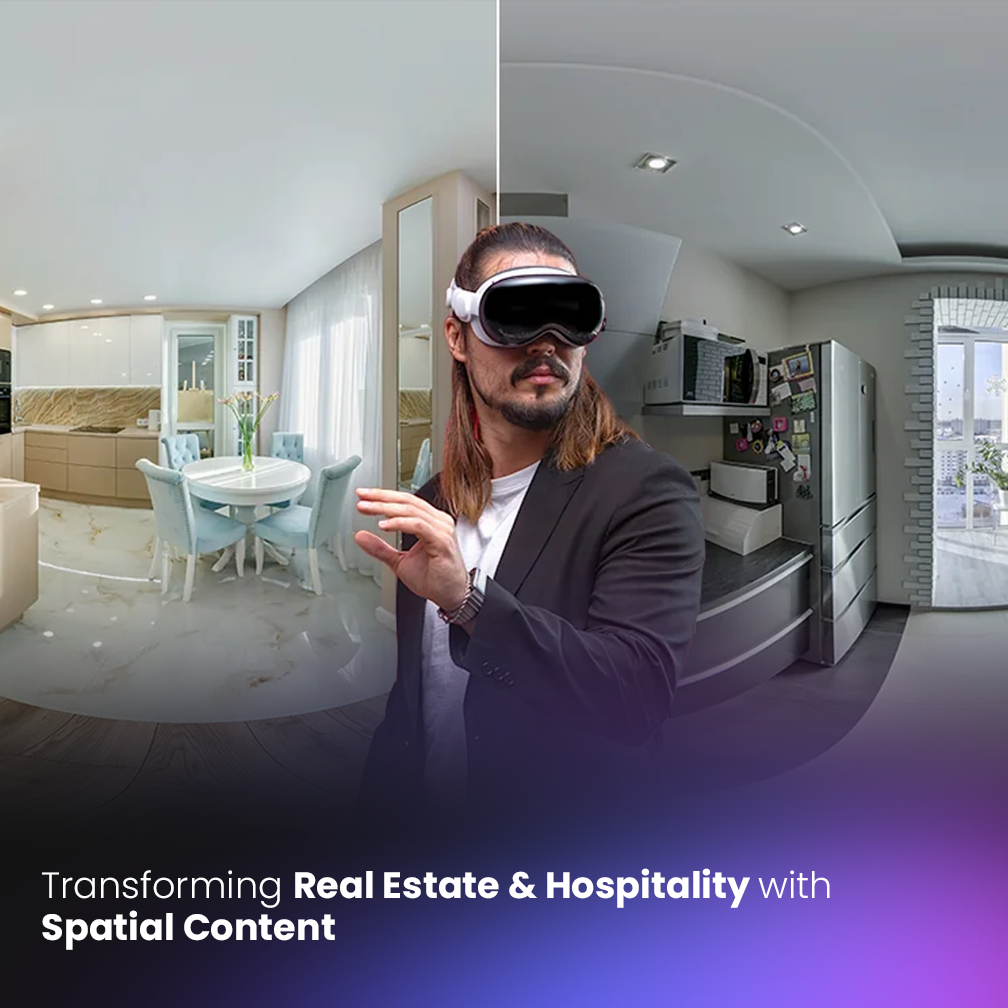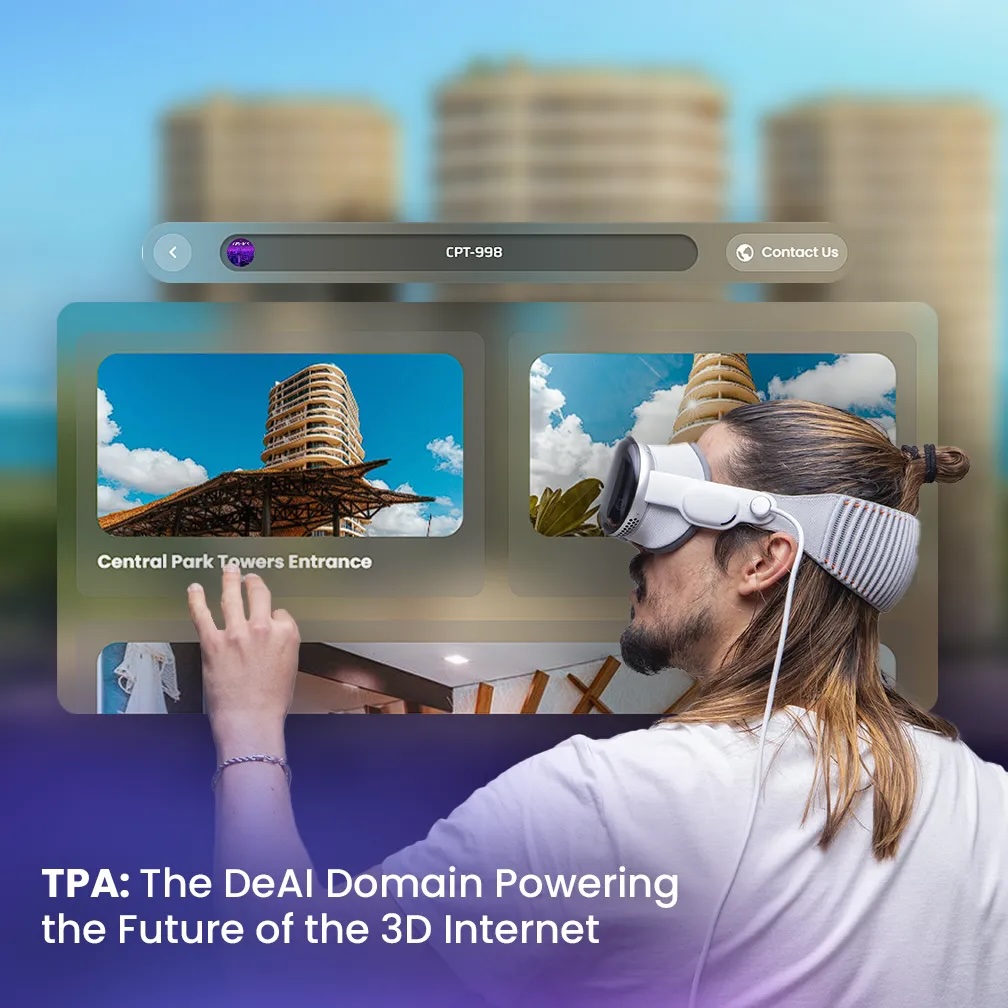Teleport Plaque Address (TPA): The Missing Layer of the 3D Immersive Internet
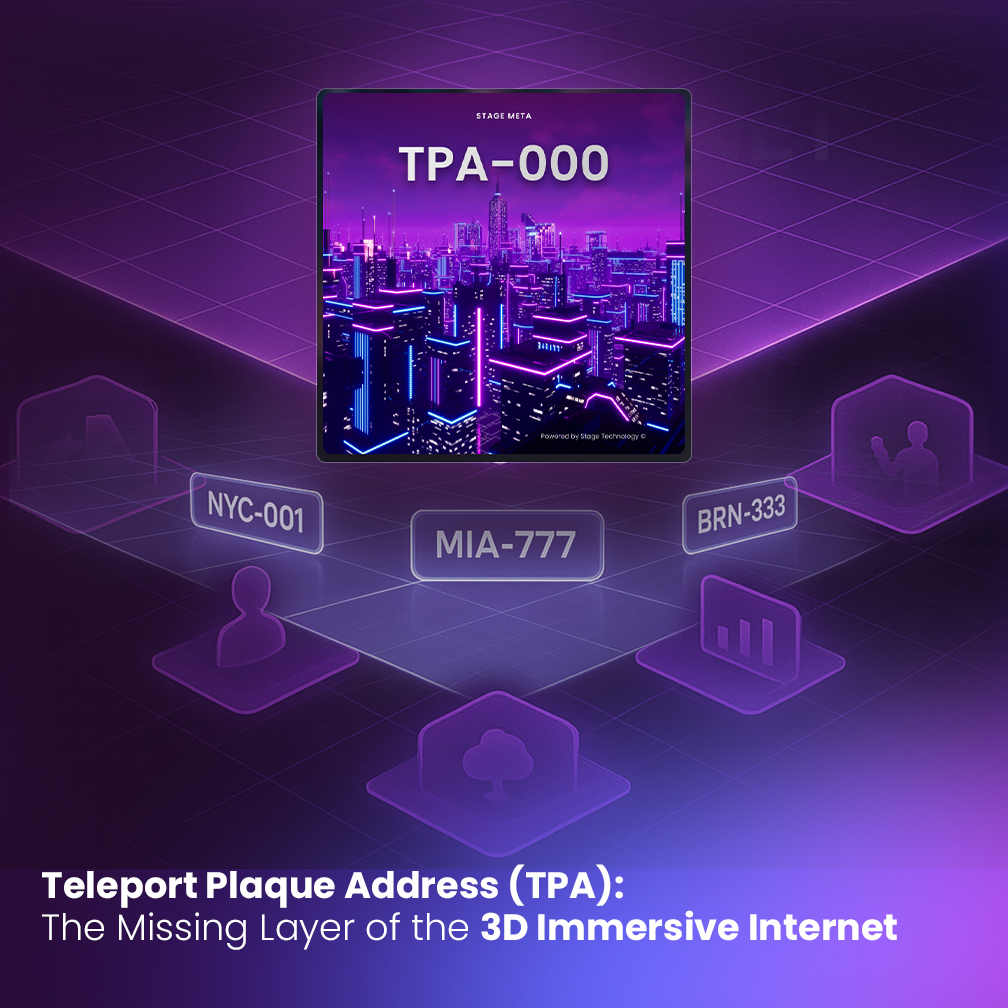
For over a decade, we’ve been promised the rise of Spatial Computing—a future where augmented reality, mixed reality, and immersive 3D environments reshape how we live, work, and connect.
Tech giants like Apple, Meta, and Google have poured billions into headsets, platforms, and infrastructure.
Devices have matured. Interfaces are evolving.
So why hasn’t the 3D internet taken off?
Not because the technology isn’t ready — Because the infrastructure isn’t.

Teleport Plaque Address (TPA): The Missing Layer of the Spatial Web
Think back to the early internet.
In the 1980s, accessing a website meant typing in a raw IP address like 192.168.1.1. It was slow, fragmented, and inaccessible for most people.
Then came the Domain Name System (DNS)—and everything changed.
DNS made the internet usable, searchable, and scalable.
It didn’t just make the web easier to navigate—
It made the web possible.
Today, the spatial web faces a similar roadblock. Apps and environments exist in silos. There’s no universal address system to link immersive content across platforms.
Enter: Teleport Plaque Address (TPA).

What Is Teleport Plaque Address (TPA)?
Teleport Plaque Address (TPA) is a blockchain-native spatial domain protocol for the 3D internet.
Just like .com made the internet navigable early, TPA gives every immersive space a persistent, human-readable identity.
A TPA might look like:
- NYC-001
- MIA-777
- BRN-333
And it works across devices and ecosystems—Apple Vision Pro, Meta Quest, and future XR platforms.
TPA Enables:
- Cross-platform navigation between 3D environments
- Voice-activated access to spatial destinations
- Discovery and interoperability between immersive apps
TPA isn’t a 3D world—it’s the address layer that connects them all.
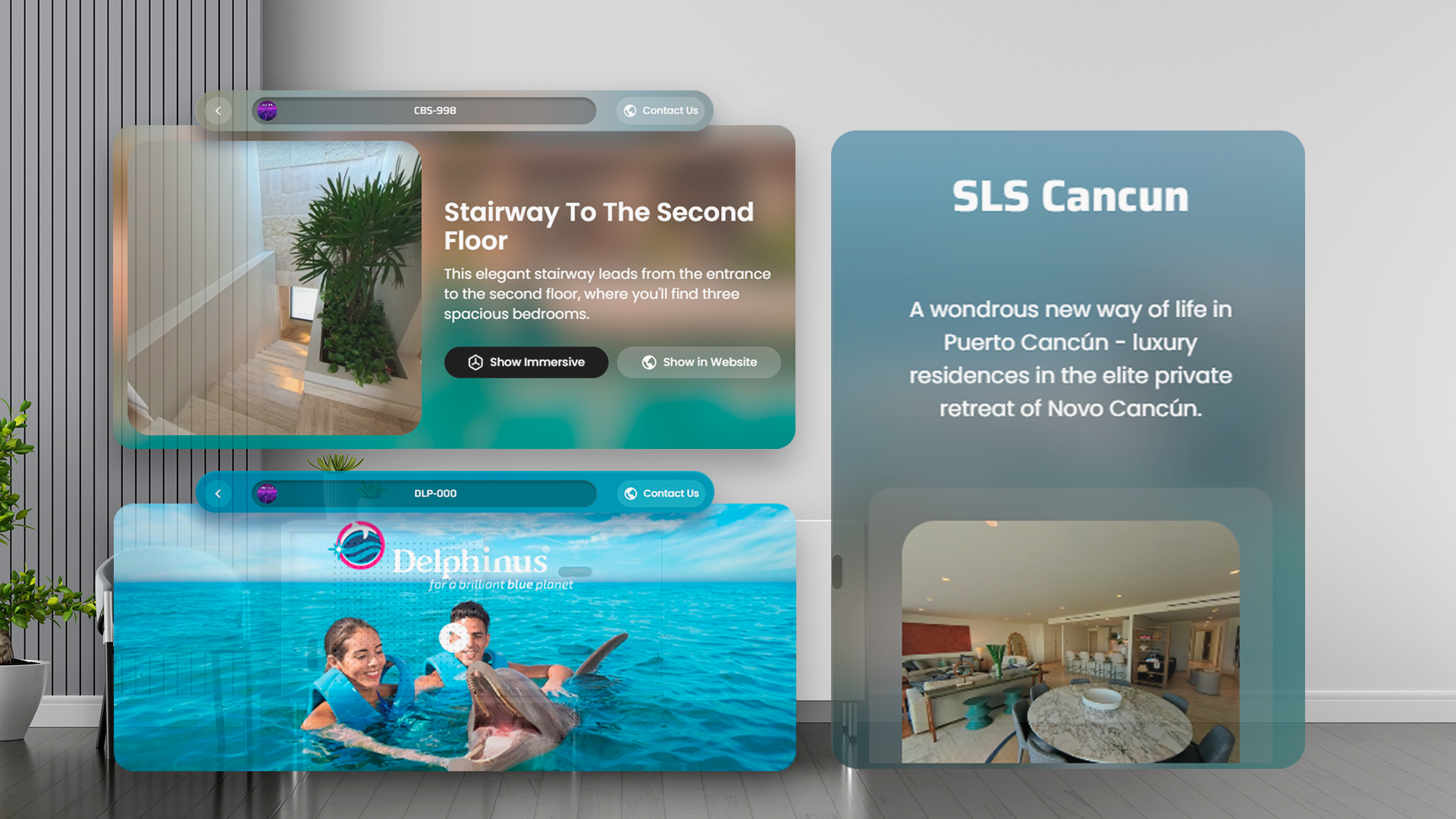
It’s Already Happening
This isn’t just theory—TPA is live and in use:
- Stage Meta is the first immersive platform built entirely on TPA
- Brands like Coldwell Banker, SLS, and Delphinus have activated TPA addresses
- Over 1,200 TPA domains have already been registered by early adopters
A growing ecosystem of third-party developers is now building spatial experiences using TPA as their navigation standard.
From Momentum to Standard
Protocols don’t need mass adoption on day one.
They need momentum.
That’s how DNS became the backbone of the web. And that’s how TPA can become the backbone of the 3D internet infrastructure.
If a few more apps adopt TPA…
If a few more brands integrate spatial domains…
The entire immersive ecosystem begins to connect.
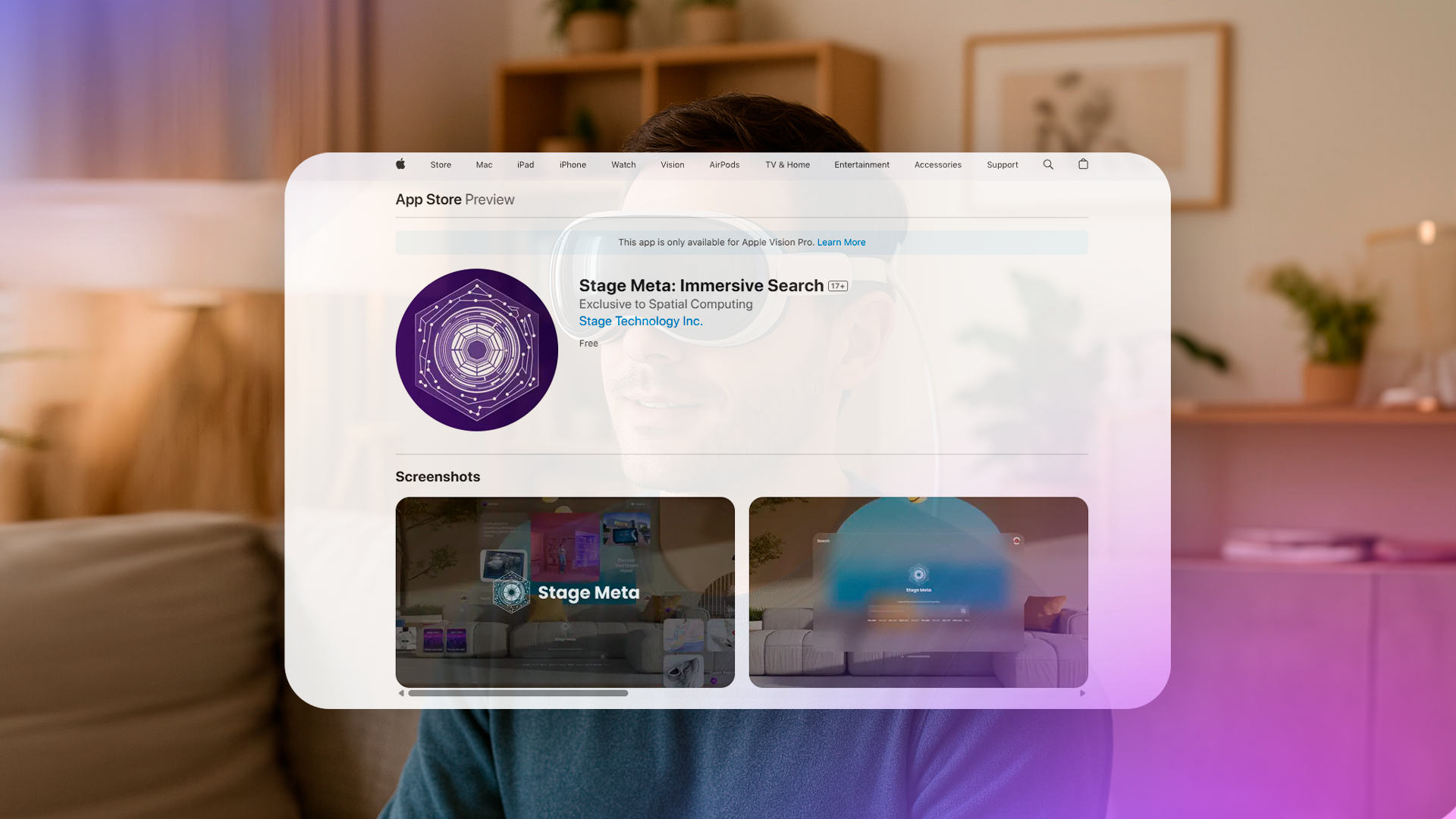
Why Now?
Spatial Computing is evolving fast—but it’s still fragmented.
TPA provides the invisible structure the spatial web has been missing.
- It makes immersive spaces searchable
- It makes AR/VR content linkable
- It makes the spatial web scalable
The immersive internet can’t move forward without standardization. TPA is that standard.
Ready to Explore?
Want to see how TPA actually works? Explore Stage Meta and claim your TPA domain!


